Sanma, or Pacific saury, is a staple of Japanese autumn cuisine, known for its rich, savory flavor when grilled. This fish has been enjoyed for centuries and remains a favorite during the cooler months. In this article, we’ll explore everything you need to know about this dish—from its history and preparation to tips for enjoying it at home. If you’re a fan of seasonal Japanese dishes, keep reading to discover why this fish is a must-try!
What is Sanma?
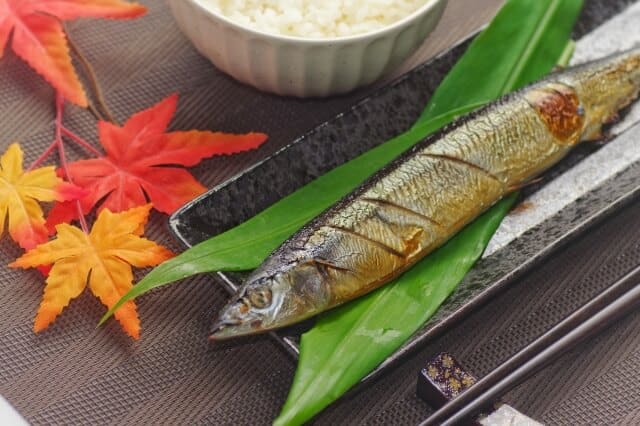
Sanma (秋刀魚), also known as Pacific saury in English, is a popular seasonal fish in Japan, especially associated with autumn. The name “sanma” literally means “autumn knife fish,” reflecting its peak season and slender, elongated shape resembling a knife. When in season, Pacific saury becomes very fatty, making it a classic autumn delicacy when grilled with salt. Since the fish doesn’t hold onto food for long, its internal organs lack a bitter taste, allowing the innards to be enjoyed when grilled.
History of Sanma
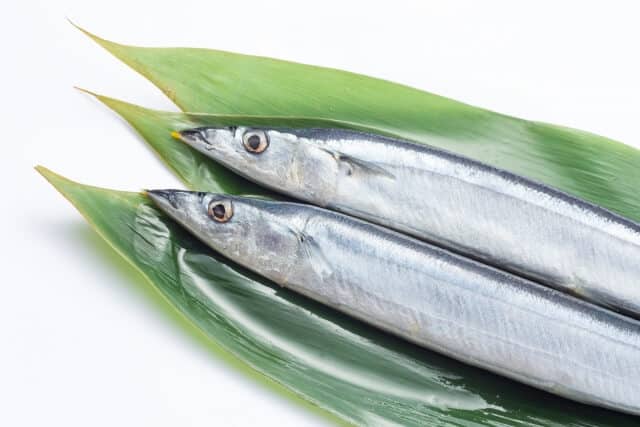
The history of Pacific saury fishing in Japan dates back about 300 years, starting in the Kumano Sea. With the invention of the purse net, it became a significant fishery along the Kishu coast. In the Kanto region, saury fishing began later, but by the late Edo period, it thrived in the Sotobo area and spread along the Izu coast. The saury fishery suffered during World War II, but post-war innovations, like the stick-set net method using firelight, greatly improved efficiency, leading to a rapid increase in catches. By 1955, the catch reached around 500,000 tons. The simple, effective stick-set net method quickly became the dominant fishing technique, leading to regulatory changes. In 2001, with the enactment of the Basic Fisheries Act, the government began regulating the saury fishery more strictly, transitioning to the “North Pacific Pacific Sanma Fishery” under a new system in 2002.
Changing Price of Sanma and Specialty in Japanese
Price of Sanma
The Pacific saury is a fish of particular significance in Japanese culinary traditions and the cultural perception of seasonal change. The price trajectory of this fish has exhibited a striking degree of volatility in recent years. Over the past decade, the price has increased threefold, transforming from a fish that was once considered a “common people’s taste” to a “luxury fish.
” The price surge from 2018 to 2023 was particularly noteworthy, with the trading price at fishing ports increasing exponentially from 775 yen per 10 kg to 5,758 yen, representing a 7.4-fold increase. In 2023, reports emerged of astonishing prices reaching 20,000 yen per fish. However, in 2024, indications of a shift in the market emerged, with abundant catches during the first haul and some stores in Hokkaido selling them at an extraordinary price of 18 yen per fish. However, this was an exceptional circumstance pertaining to the initial catch.
As of early September 2024, reports indicate that they are being sold at approximately 299 yen each in supermarkets in Tokyo. The causes of this price surge include diminished catches resulting from alterations in oceanic currents and the practice of overfishing by Chinese fishing vessels. Notwithstanding the fluctuations in price, Pacific saury continues to occupy a distinctive position in the Japanese cultural imagination. Many Japanese people consider saury a paragon of “autumn flavors.” Its arrival serves as a pivotal indicator of autumn’s onset for numerous individuals.
Sanma in Japanese
The simplicity of preparation is another appealing quality of saury. Cooks can grill and serve saury without removing scales or guts, offering convenience for busy lifestyles. Many Japanese people highly regard the sweetness of its fatty flesh and tender texture.
Saury symbolizes Japanese food culture and seasonal sentiments, often appearing in literature and art. It’s deeply rooted in culinary traditions, seasonal practices, and everyday life. Saury transcends its role as a mere ingredient in Japanese culture. The future price of saury remains uncertain. Saury’s price movements reflect changes in marine environments and international fishing issues. It also indicates transformations in Japanese food culture. These factors make saury an intriguing economic and cultural indicator.
The significance of effective resource management and sustainable fishing practices is becoming increasingly apparent, necessitating a multifaceted approach to ensure the continued availability of this valuable fish for the Japanese population.
Sanma Recipe
Ingredients of Sanma
| Ingredients for 1 person | Measurements |
|---|---|
| Sanma | 100g |
| Salt | 2g |
| Grated daikon radish, kabosu, etc., as desired | 5g |
How to make Sanma?
If you plan to remove the innards, do so before washing the fish. After checking the scales, rinse the sanma and pat it dry. Make a horizontal cut across the middle of the fish to help it cook evenly, improve its appearance, and make it easier to eat.
For optimal flavor, sprinkle about salt per sanma, focusing on the thicker middle part. If the fish is fresh, you can salt it just before grilling, but for supermarket-bought sanma, let it sit for 15 minutes after salting.
Lightly coat the grill with salad oil and preheat it for 2-3 minutes to prevent sticking. Grill the sanma on medium heat for about 8-9 minutes, flipping halfway if necessary, and serve hot with rice, grated daikon, or citrus for extra flavor.
Restaurants Recommended
Samma (秋刀魚)
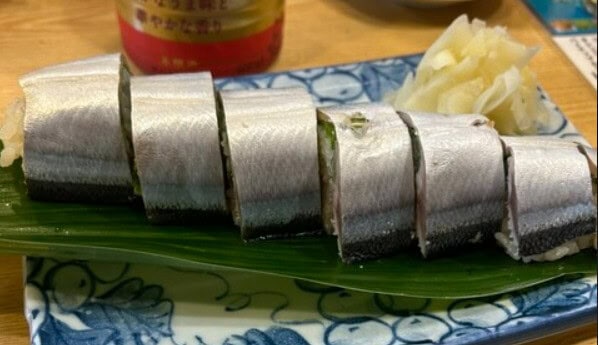
This shop’s most recommended dish is the “sanma sushi” made with a whole saury. The sweet fat of the fresh saury is a perfect match with the refreshing taste of the sushi vinegar. The aroma of the perilla leaves woven in with it adds a nice accent. It has a big visual impact, but you’ll be sure to eat it all in no time.
Summary
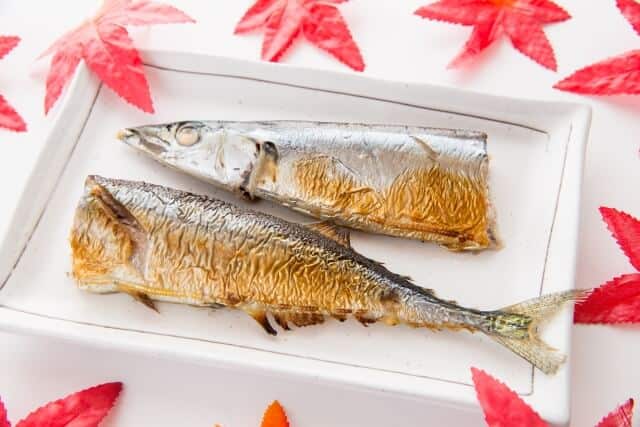
Sanma is a beloved fish in Japan, especially during autumn when it’s at its peak flavor. Simple to prepare and packed with rich taste, pacific saury has long been a seasonal favorite that brings warmth and tradition to the dining table. Whether grilled with a touch of salt or served with classic accompaniments like grated daikon, pacific saury captures the essence of Japanese comfort food in its purest form.
You can check some Japanese seafood dishes that we know you would like to try too.
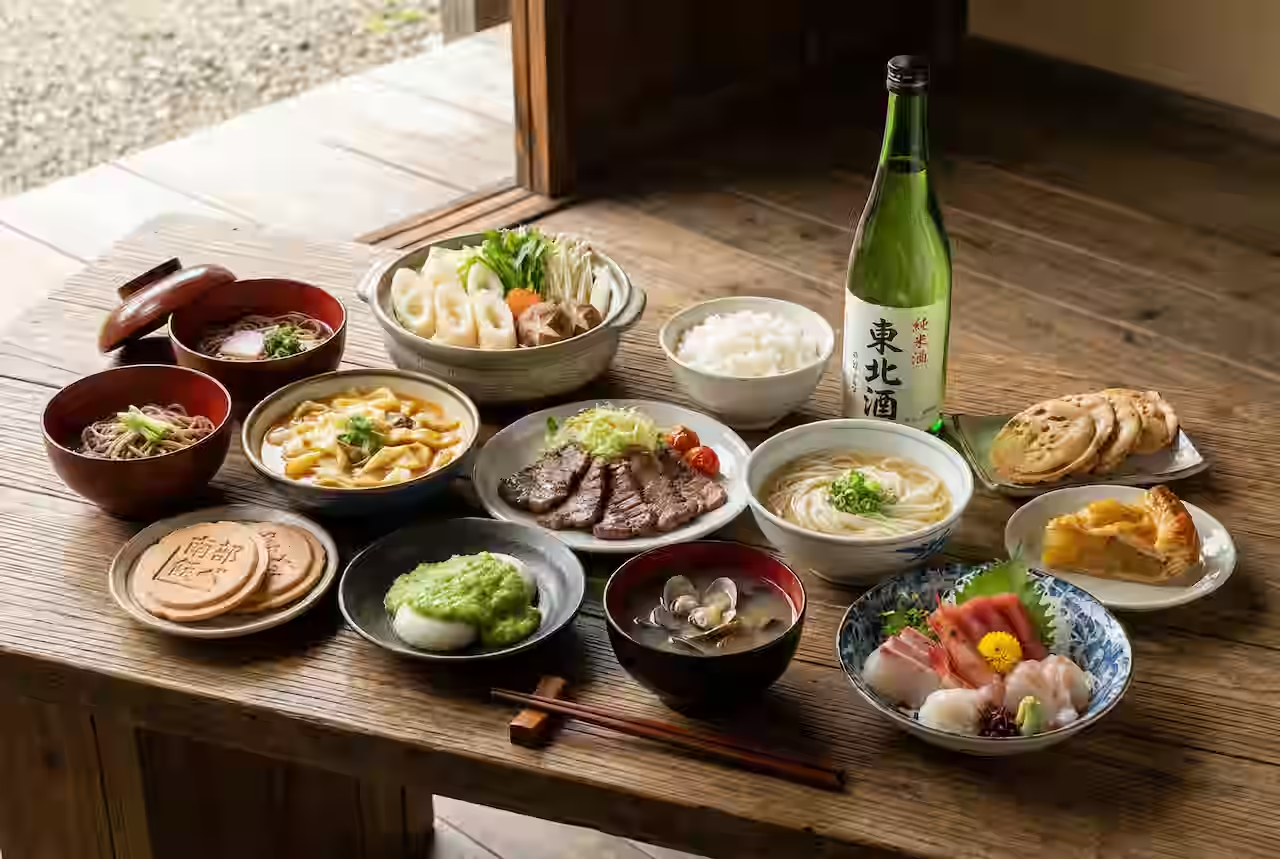

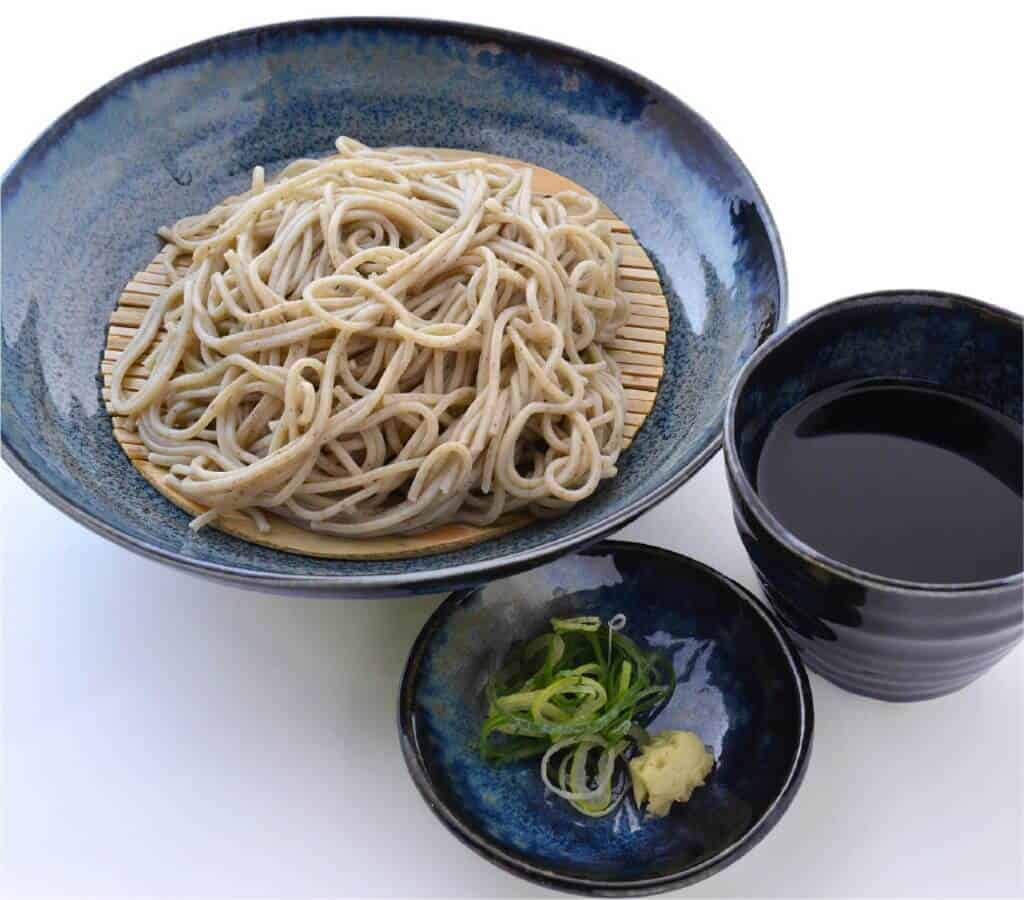
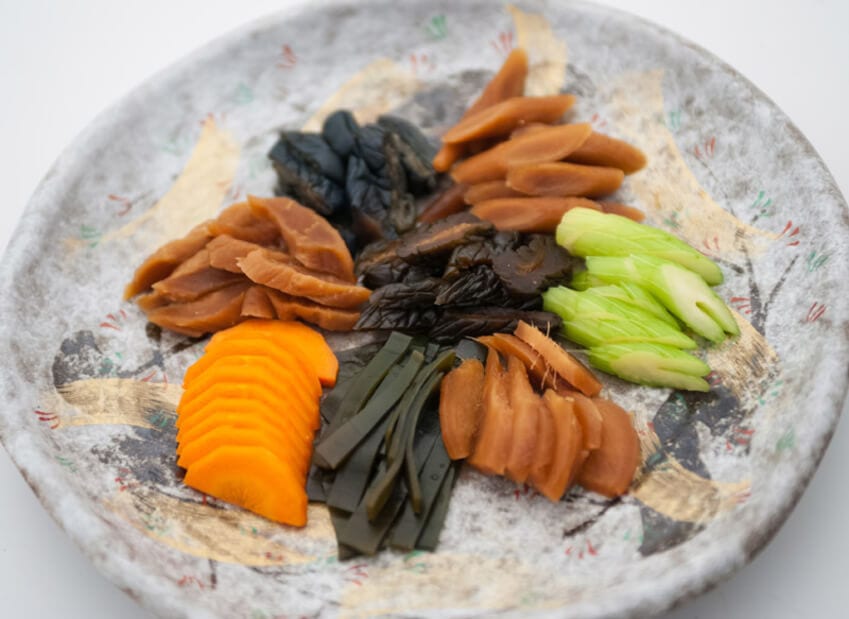
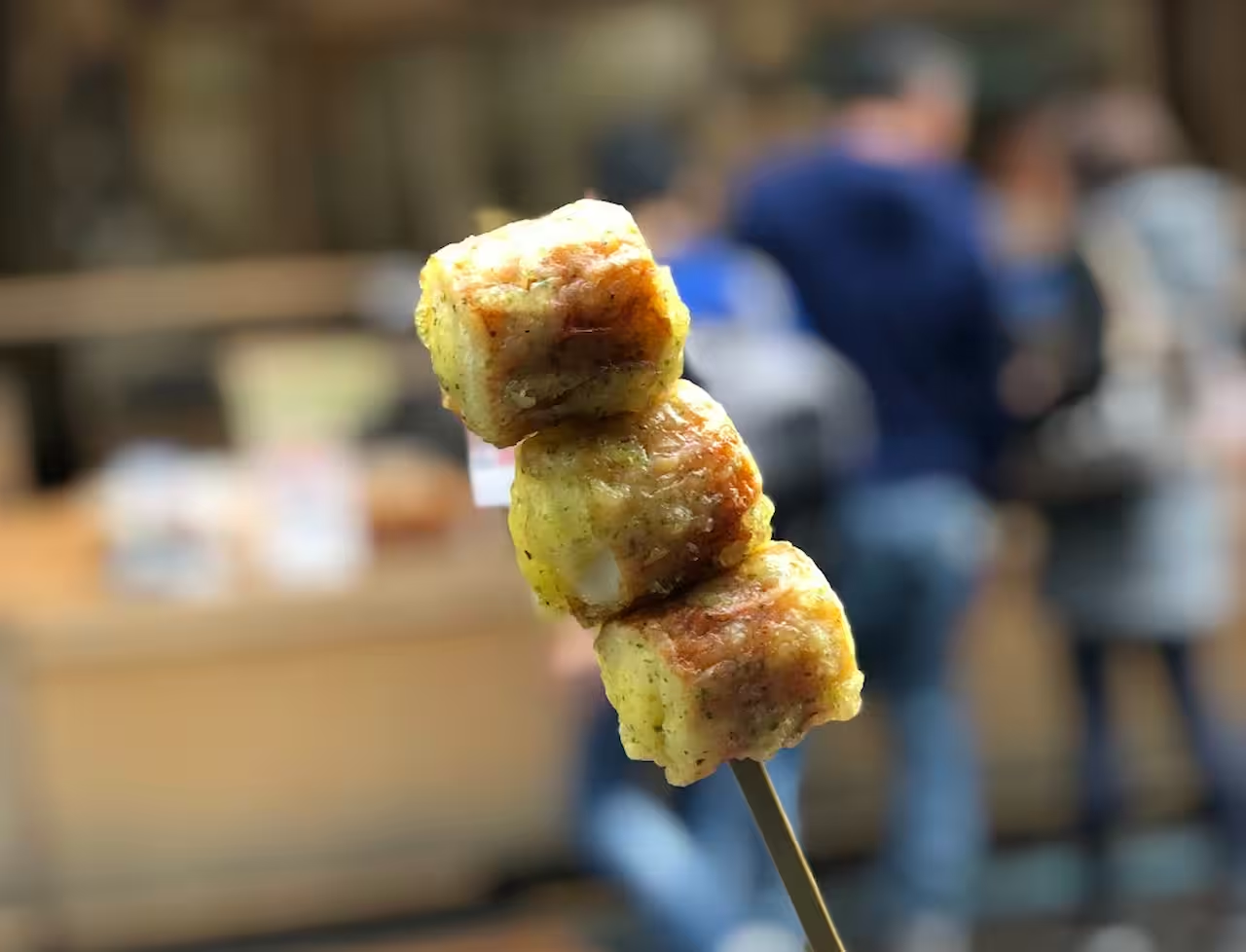

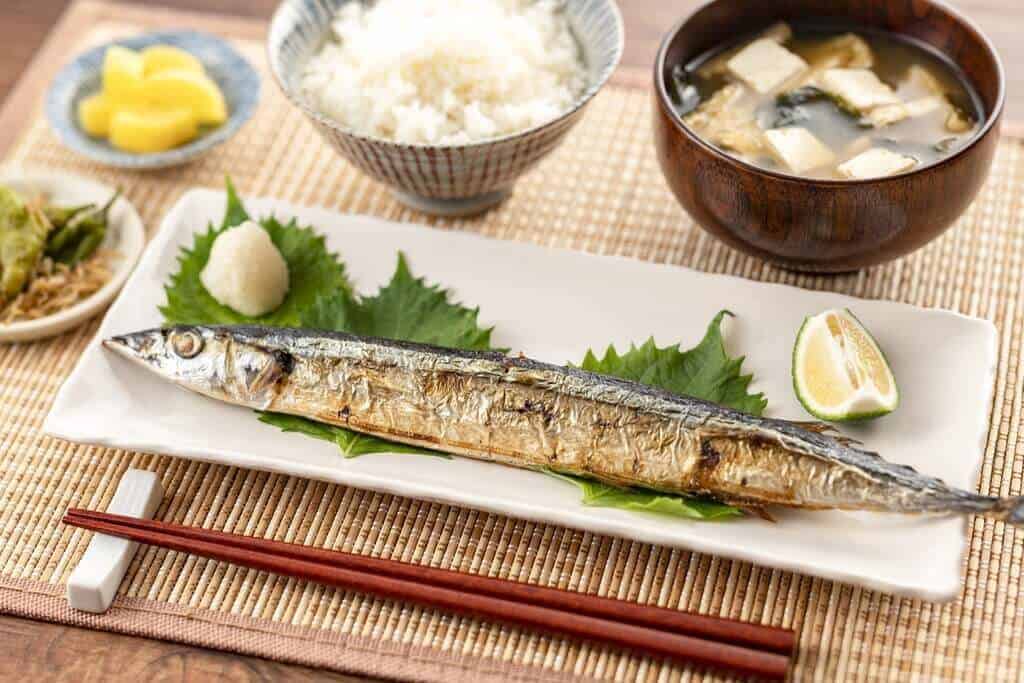
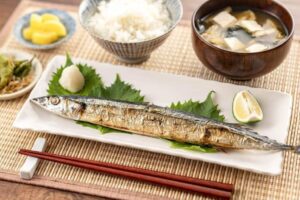
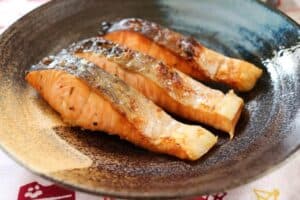
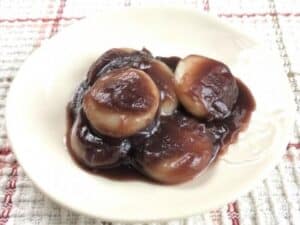
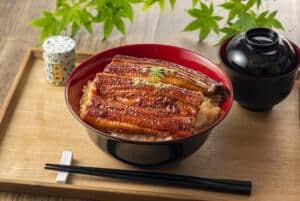
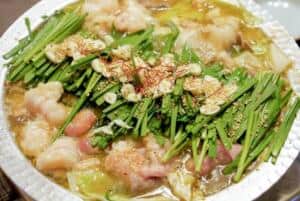
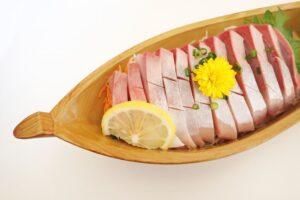



Comments